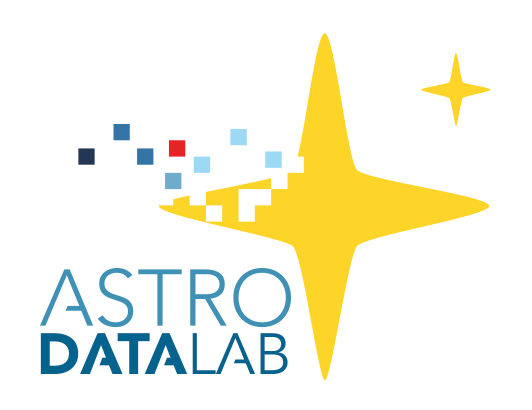1.7.2. Query Manager¶
1.7.2.1. Introduction¶
The Query Manager API provides a uniform HTTP interface to query tabular data in the DL databases via SQL. It also supports management of tables in a DL user’s personal database (MyDB). Anonymous access is available for synchronous queries of public datasets. Authorized access is required for all other operations. The results of authorized queries may be saved to a user’s virtual storage (VOSpace) or their MyDB. Query results may also be serialized in a number of specified formats, e.g., CSV/TSV, FITS binary.
Note: this description of the Query Manager is intended for developers - a revised version for users is a TO DO.
1.7.2.2. Query Manager API¶
The Query Manager API defines a number of service endpoints, URLs where the service can be accessed by a client application, to provide specific functionalities.
Endpoint |
Params |
Description |
|---|---|---|
adql, out, ofmt, uri, async_ |
Submit a query |
|
jobid |
Check the status of an asynchronous query |
|
jobid |
Retrieve the results of an asynchronous query |
|
user, service, dataid |
Check whether a user has access to particular data |
|
service, dataid |
Returns the metadata associated with a specific service |
|
table, schema |
Create a table in MyDB |
|
table |
Delete a table in MyDB |
|
source, target |
Rename a table in MyDB |
|
source, target |
Copy a table in MyDB |
|
table |
List a table in MyDB |
|
Perform a SIA query |
1.7.2.2.1. /query¶
This sends the specified query to the Data Lab. It takes the following arguments:
adql - the query to submit against the Data Lab data sets [optional]
out - the location which will receive the output results. This can be a local filename, a VOSpace (vos://someLocation) or MyDB table (mydb://some.table). If no output location is specified then the output is returned directly [optional]
ofmt - the output format of the results. Supported formats are: FITS (binary), CSV, and ASCII. [optional]
uri - the URI of a service from which to retrieve data. Note that saving the result in MyDB is not yet supported [optional]
async_ - a boolean indicating whether the query is to be run synchronously or asynchronously [optional]
1.7.2.2.2. /status¶
This returns the status of the specified asynchronous query. It takes the following arguments:
jobid - the identifier of the asynchronous query job [required]
1.7.2.2.3. /results¶
This retrieves the results of an asynchronous query once it has completed. It takes the following arguments:
jobid - the identifier of the asynchronous query job [required]
1.7.2.2.4. /available¶
This checks whether a user has access to a particular data set and service. It takes the following arguments:
user - the user identifier [required]
service - the type of service: tap, scs, sia, ssa [required]
dataid - the identifier of the data set [required]
1.7.2.2.5. /metadata¶
This returns the metadata for the specific service serving the particular data set. It takes the following arguments:
service - the type of service: tap, scs, sia, ssa [required]
dataid - the identifier of the data set [required]
1.7.2.2.6. /create¶
This creates the specified table in a user’s MyDB. It takes the following arguments:
table - the name of the table to be created [required]
schema - the SQL schema (file or string) for table [required]
If the schema is a file then the service request must be an HTTP POST.
1.7.2.2.7. /delete¶
This deletes the specified table in a user’s MyDB. It takes the following arguments:
table - the name of the table to be deleted [required]
1.7.2.2.8. /rename¶
This renames the specified table to the new name. Note that indexes are not copied. It takes the following arguments:
source - the table to rename [required]
target - the new name of the table [required]
1.7.2.2.9. /copy¶
This copies the specified table to a new one. Note that indexes are not copied. It takes the following arguments:
source - the table to copy from [required]
target - the table to copy to [required]
1.7.2.2.10. /list¶
This lists the tables in the user’s MyDB. If a table is specified then the schema for the table is returned. It takes the following arguments:
table - the table whose schema to return [optional]
1.7.2.2.11. /sia¶
This makes a Simple Image Access query of the Data Lab.
Todo
Write this section.
